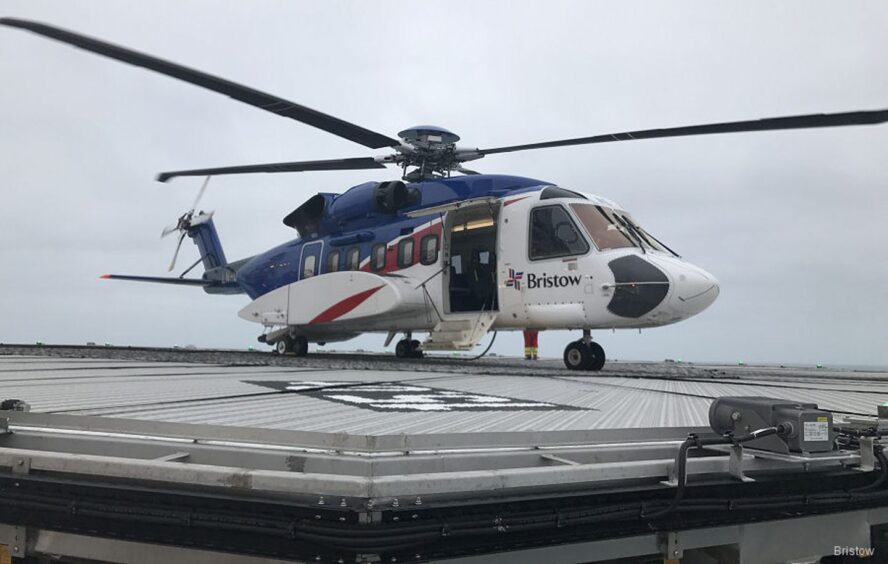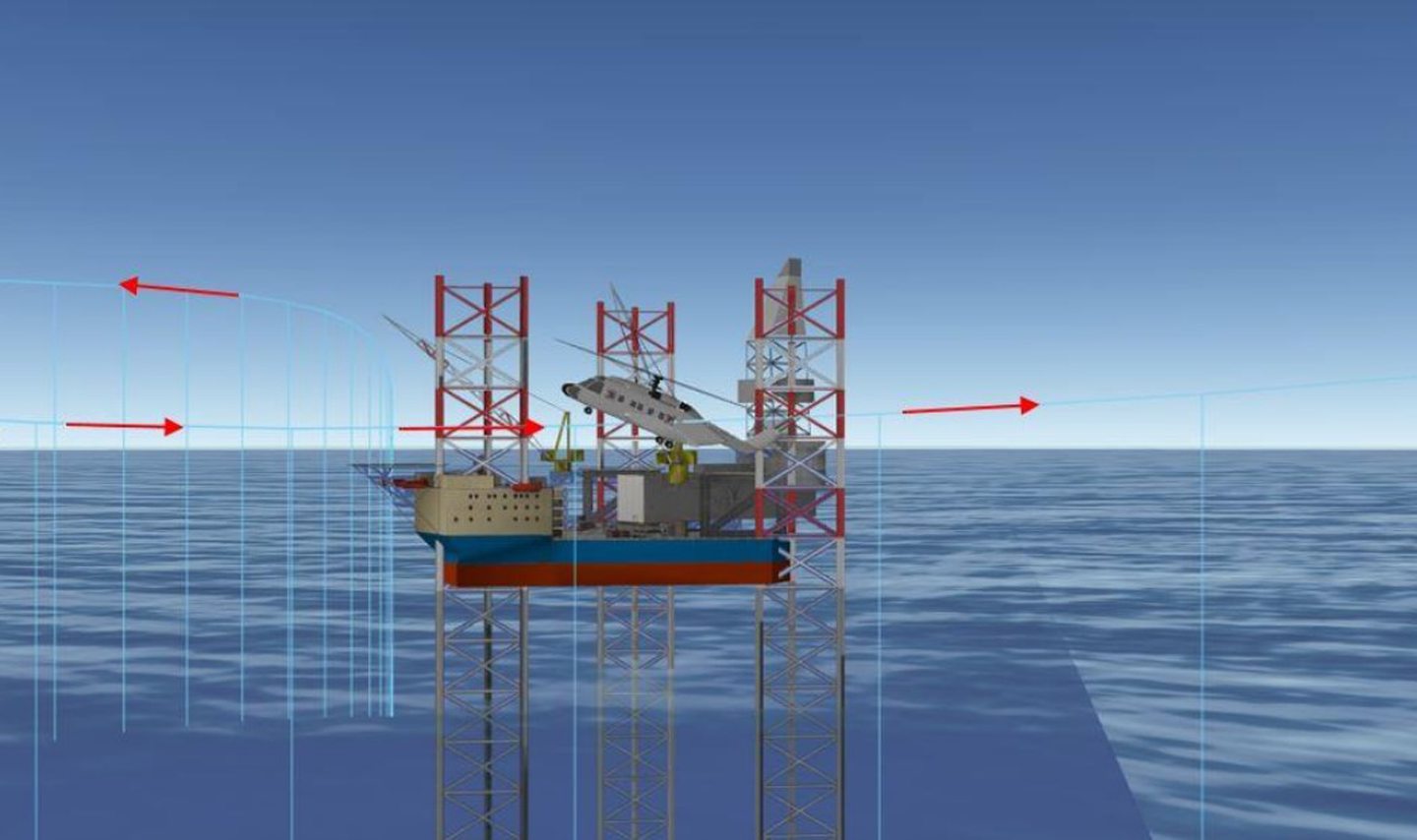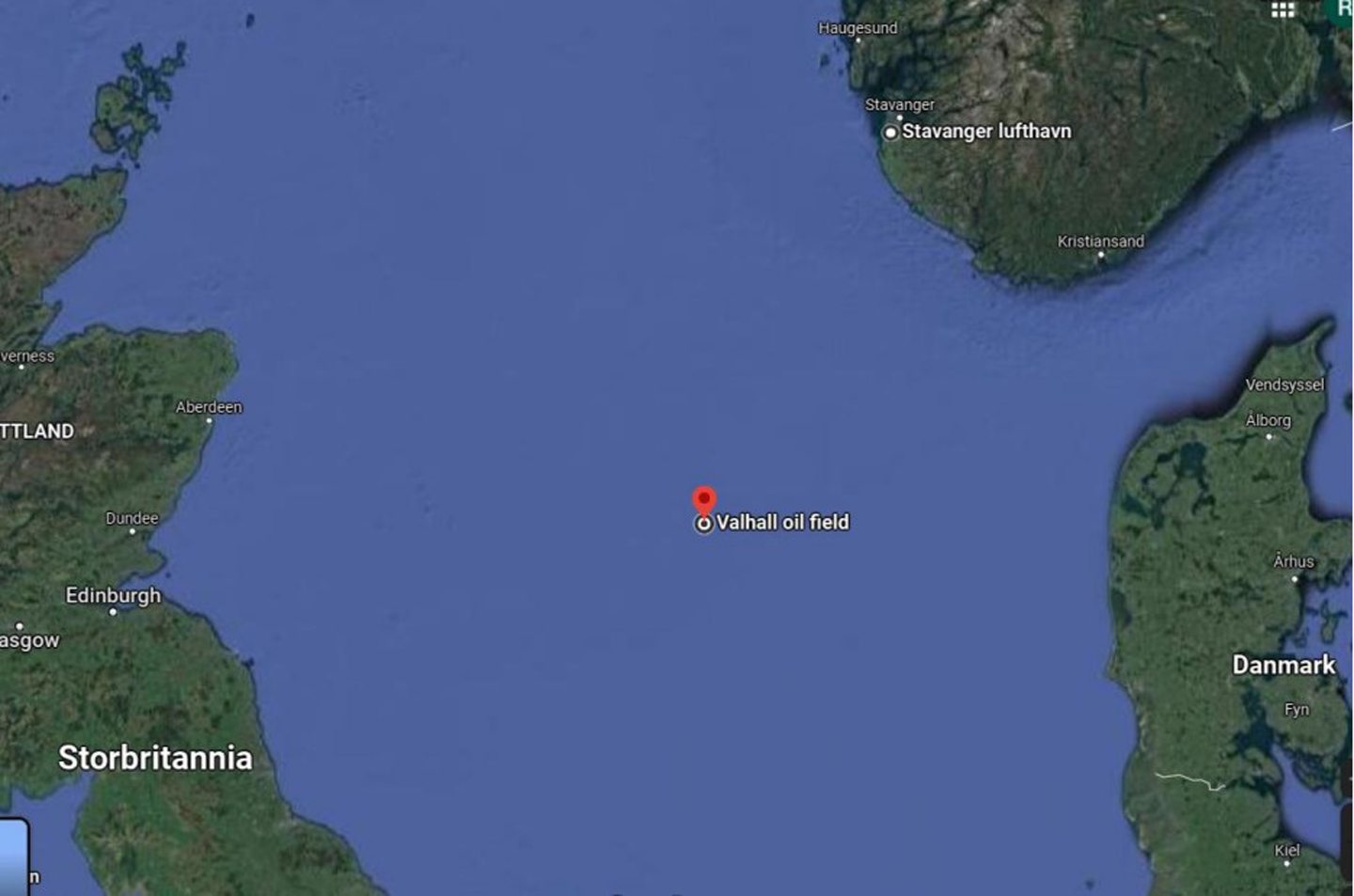
Pilots flying from an oil rig in the North Sea lost control of the helicopter for 40 seconds, air accident investigators have found.
The Bristow S-92, which had nine passengers on board, lost altitude shortly after taking off from the Maersk Invincible in February 2020, and accelerated backwards at 56 miles per hour (49 knots).
Pilots lost control of the helicopter for 40 seconds – and regained it when the chopper was lower than the height of the helideck it departed from.
A phenomenon called “spatial disorientation” which struck the first officer, and for a time the commander, has been cited by the Norwegian Safety Investigation Authority (NSIA) as the reason for the “serious incident”.
NSIA said the take-off took place in “dark and in very challenging conditions” where the crew had no external horizons or visual references, leading to the error.
It has recommended the regulator follow up with all operators on their Threat and Error Management systems, and made recommendations to Bristow regarding its helicopter pitch controls.
At the time, the Maersk Invincible was based at the Valhall oil complex, about 180 miles south-west of Stavanger.
Bristow welcomed the report and said it is reviewing the recommendations.
Stress and under pressure
The loss of control took place around one minute after takeoff.
NSIA said the first officer, who was at the controls, suffered a sensory illusion during the manual takeoff “as a result of the combination of head movement and both the vertical and horizontal acceleration”, which triggered “spatial disorientation”.
That disorientation, accompanied by overcorrection of flight controls, then brought the helicopter out of position for its take off.
For a period, the commander, who was pilot monitoring, also became disorientated.
It was only when the commander made visual contact of the Maersk Invincible oil rig on the right side of the helicopter that he regained situational awareness and took over the controls.
It noted that this “spatial awareness” phenomenon can happen to all pilots, and occurs “more frequently when flying in bad weather or at night” due to limited visual references.
The helicopter went on to fly to Stavanger Airport without further incidents.
The helicopter’s pitch – referring to its angle of forward and back – was a “high nose up”.
NSIA said it believes there may have been “overcontrolling” of the cyclic force trim release button on the helicopter to correct the aircraft’s attitude (its orientation in reference to the horizon).
Operator Bristow has since issued best practice guidelines to its pilots on the matter, which has been reviewed by the UK Civil Aviation Authority.
Recommendations
NSIA has made two key recommendations.
The first relates to the Threat and Error Management (TEM) system checklist for pilot operations.
It said: “This investigation shows the possibility of omitting important safety elements related to departure under particularly demanding conditions is still present.
“Active use of TEM in order to uncover threats to safe flight must be reflected in the daily operation.”
It recommended that the Norwegian Civil Aviation Authority emphasises the importance of such procedures to operators across the sector.
The second recommendation relates to Bristow standards on pitch variations.
A Bristow spokesperson said: “Safety is Bristow’s number one core value and highest operational priority. An internal investigation was launched immediately following this event in 2020 which has already seen us implement initiatives including changes to our training and on-board communications processes.
“We welcome the report from the Norwegian Safety Investigation Authority and are reviewing its recommendations as part of our continuous efforts to drive safety improvements in every element of our operations.”

 © Supplied by Aker BP
© Supplied by Aker BP © Supplied by NSIA
© Supplied by NSIA © Supplied by NSIA
© Supplied by NSIA